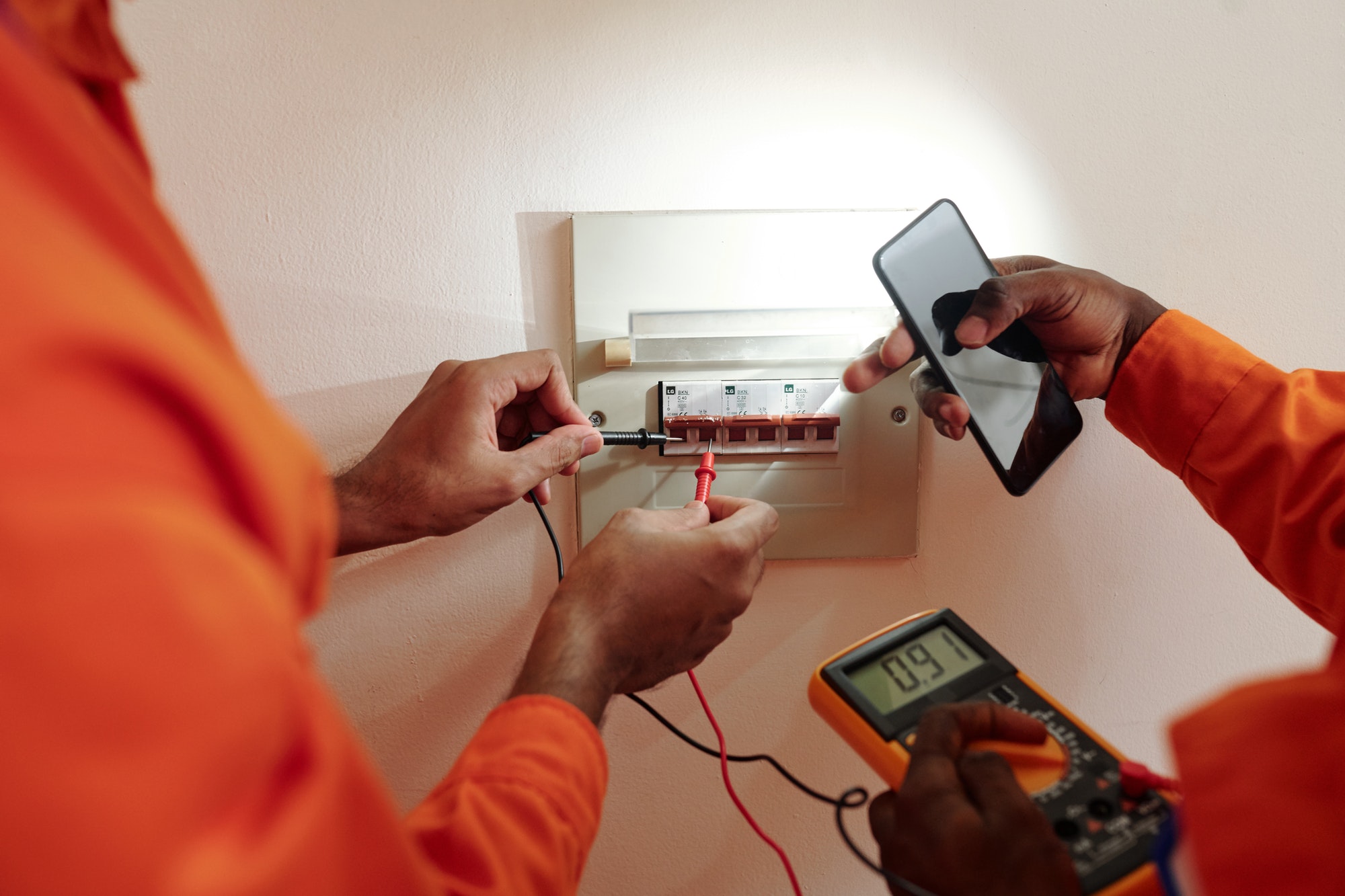DIY electrical installations can be a rewarding project for many homeowners, but they come with significant risks if not executed properly. Ensuring safety is paramount when working with electricity, as mistakes can lead to serious injuries or even fatalities. Here are essential safety tips to keep in mind if you decide to undertake any DIY electrical installations:
1. Understand Your Limits
Before starting any electrical project, honestly assess your skills and knowledge. Simple tasks like replacing a light switch or installing a ceiling fan are within the reach of many DIY enthusiasts. However, more complex wiring or panel work often requires professional expertise. If you’re unsure about any aspect of the project, it’s safer to consult with or hire a licensed electrician.
2. Turn Off the Power
Always ensure that the power is completely turned off at the circuit breaker before starting any electrical work. Verify that the power is indeed off by using a voltage tester on the wires you’ll be working on. This step is crucial to prevent any accidental shocks.
3. Use Proper Tools and Equipment
Invest in quality tools designed specifically for electrical work, such as wire strippers, insulated screwdrivers, and voltage testers. Also, wear appropriate personal protective equipment (PPE) like gloves and safety glasses to protect yourself from unexpected sparks or debris.
4. Follow Local Codes and Regulations
Electrical installations must comply with local building codes and standards, which are designed to ensure safety and efficiency. Familiarize yourself with these regulations before beginning your project. Non-compliance can not only pose safety risks but also issues when selling your home or filing for insurance claims.
5. Avoid Water
Always keep electrical components away from water. Perform electrical tasks in dry conditions and make sure your hands and tools are dry. Water is an excellent conductor of electricity and increases the risk of electrocution dramatically.
6. Check Wire Polarity
Ensure correct polarity when connecting wires. Typically, black or red wires are “hot,” white wires are “neutral,” and green or bare wires are “ground.” Incorrect connections can lead to malfunctioning fixtures or serious risks.
7. Secure All Connections
Loose connections can lead to arcing and overheating, which are major fire hazards. Make sure all connections are tight and secure. Use wire nuts where appropriate and ensure they are firmly attached.
8. Use the Right Wire Gauge
Using the correct wire gauge for the load it will carry is essential for preventing overheating and fires. Refer to the National Electrical Code (NEC) or consult with a professional to determine the appropriate wire size for your specific project.
9. Protect with GFCIs
Ground Fault Circuit Interrupters (GFCIs) are crucial in areas where electrical circuits might come into contact with water, like bathrooms or kitchens. Installing GFCIs can help prevent electrocution by automatically shutting off power when a fault is detected.
10. Double-Check Your Work
After completing your installation, but before turning the power back on, double-check all connections and wiring. Make sure everything is properly insulated and secured. Once the power is on, test the installation with a voltage tester to ensure everything is working correctly.
Conclusion
While DIY projects can be a cost-effective and satisfying way to enhance your home, electrical installations demand careful attention to detail and adherence to safety protocols. By following these safety tips, you ensure the well-being of both your property and yourself. Remember, when in doubt, it’s always safer to call a professional.






